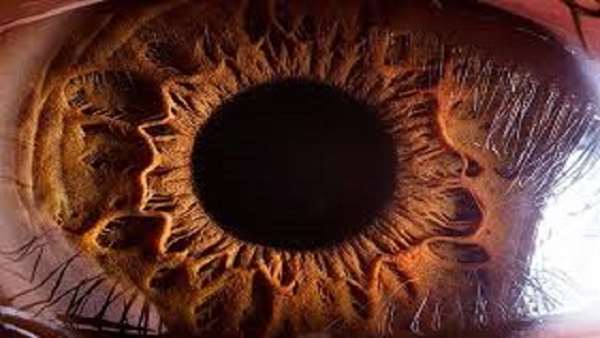Stem Cell/Gel Combo Might Be the Answer in Treating Chemical Burns and Other Serious Eye Injuries
A new study released this week in STEM CELLS Translational Medicine (SCTM) offers hope for anyone who has suffered a serious corneal injury that did not respond well to conventional treatment.
A new study released this week in STEM CELLS Translational Medicine (SCTM) offers hope for anyone who has suffered a serious corneal injury that did not respond well to conventional treatment. It details how an application of freeze-dried mesenchymal stem cell secretome (secreted factors), reconstituted in a gel made up of hyaluronic acid and chondroitin sulfate (HA/CS), not only enhances wound healing, but reduces scarring and other frequent complications, too.
The cornea is the window of the eye that focuses light and acts as a protective barrier. With minor trauma, it usually heals quickly, but a severe injury or disease often has long-lasting and blinding consequences. How we treat corneal wounds, however, has seen little change in the last few decades — mainly lubrication, antibiotics, steroids, patching, autologous serum eye drops or, in some cases, sutured lid closure or amniotic membrane grafting. There is a definite need, then, to develop strategies that promote wound healing in patients who suffer a severe ocular surface injury.
The groundbreaking study in SCTM was led by David Myung, M.D., Ph.D., assistant professor at the Byers Eye Institute at Stanford University and the VA Palo Alto Health Care System, and Ali Djalilian, M.D., professor at the University of Illinois at Chicago (UIC). Their team included colleagues at Stanford and UIC as well as visiting researchers from Catholic University and Gachon University in South Korea.
“We know from animal studies that mesenchymal stem cells (MSCs) themselves have shown great success in reducing scarring, neovascularization and inflammation, while at the same time promoting new tissue growth – all of which would greatly benefit patients with severe corneal injuries,” Dr. Djalilian said.
“Alkaline burns of the cornea are one of the most devastating, difficult-to-treat ocular injuries and often result in blindness,” Dr. Myung added. “The problem has been finding a way to effectively deliver the benefits of MSCs to the ocular wound site. Topical eye drops can be inefficient, due to the fact that up to 80 percent of a typical drop is excess volume that drains away from the ocular surface. So we wondered whether delivering just the secretome of MSCs — without the cells themselves — within a biologically active gel could be the answer.”
Gabriella Fernandes-Cunha, Ph.D., the co-lead author on the article, noted, “We also wanted to gauge whether this combination of secretome and HA/CS would have improved wound healing effects compared to treating the eye with either the secretome or the gel alone.”
The team performed their tests on rats, dividing them into four treatment groups: 1) one that received human MSC secretome only; 2) one that received a saline solution only; 3) one that received the HA/CS gel only; and 4) one that received the secretome-infused gel. Each animal was injured in its left eye (either a mechanical injury or an alkaline burn) and was then treated once a day for one week, with the same dosage applied across the board.
The results showed that the researchers had been correct in their hypothesis. “In fact, we found that the secretome-gel combination led to faster epithelial wound healing and reduced scarring, new vessel formation and hemorrhage on the cornea,” said co-lead author Kyung Sun Na, M.D., Ph.D., an associate professor of ophthalmology at Catholic University and a visiting scholar at Stanford during the time of the study. “This leads us to conclude that a once-daily application of the MSC secretome delivered in HA/CS can be beneficial in cases of severe mechanical injuries and chemical burns of the cornea.”
“Our results suggest that this effect is not simply due to an increase in solution viscosity, and that the HA-binding CD44 receptor may play an important role in the interplay between the MSC secretome, HA/CS, and corneal tissue during wound healing,” Dr. Fernandes-Cunha added.
“Outcomes from this study highlight the potential of mesenchymal stem cells in an applicable gel for corneal injuries, and early indications show that this application may be promising” said Anthony Atala, M.D., Editor-in-Chief of STEM CELLS Translational Medicine and director of the Wake Forest Institute for Regenerative Medicine.
Reference:https://stemcellsjournals.onlinelibrary.wiley.com/doi/10.1002/sctm.18-0178





ارسال به دوستان